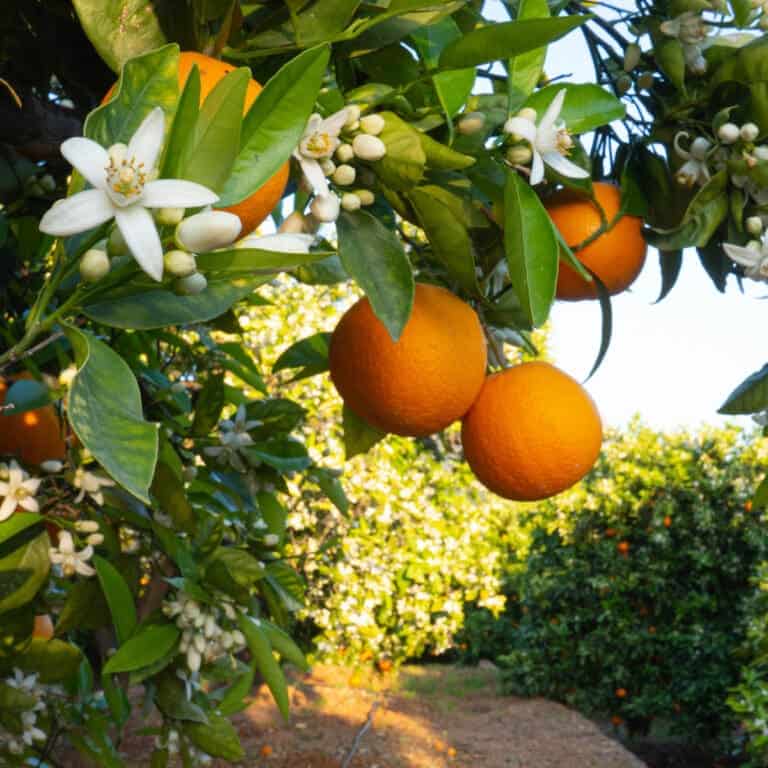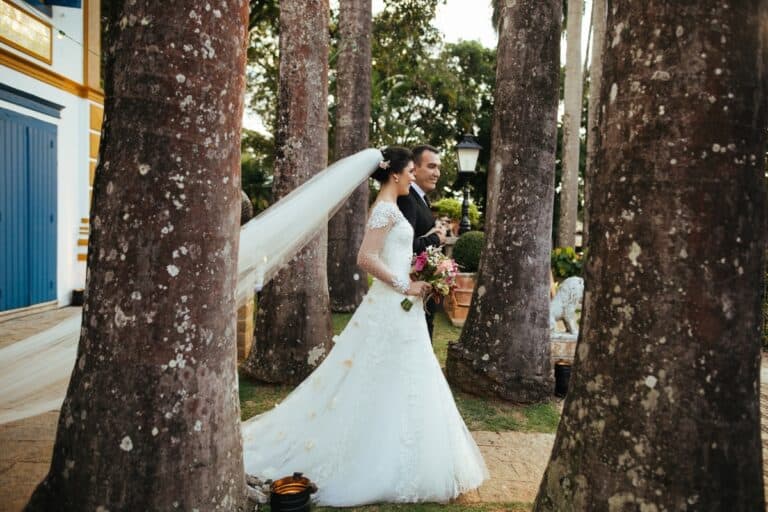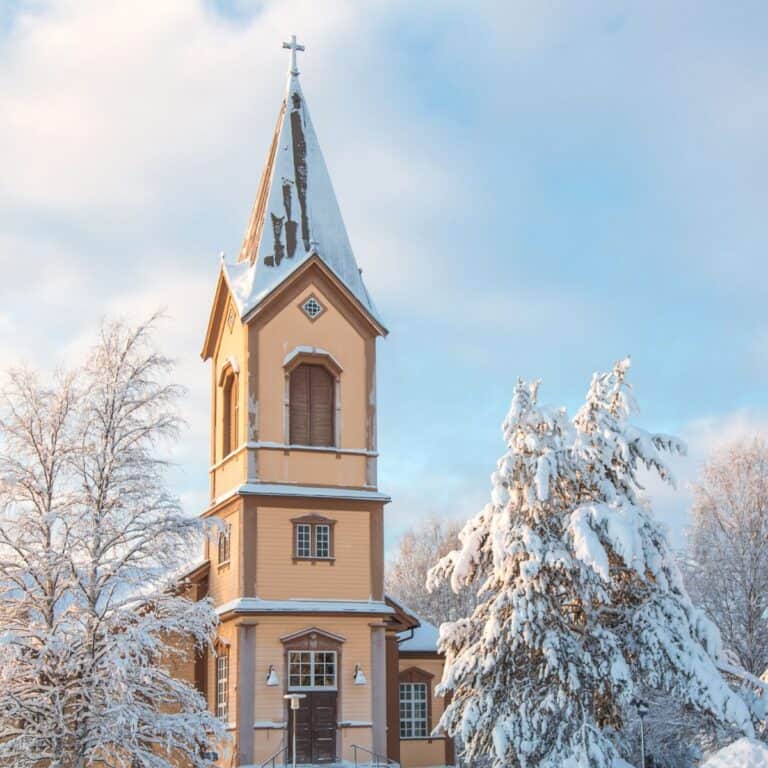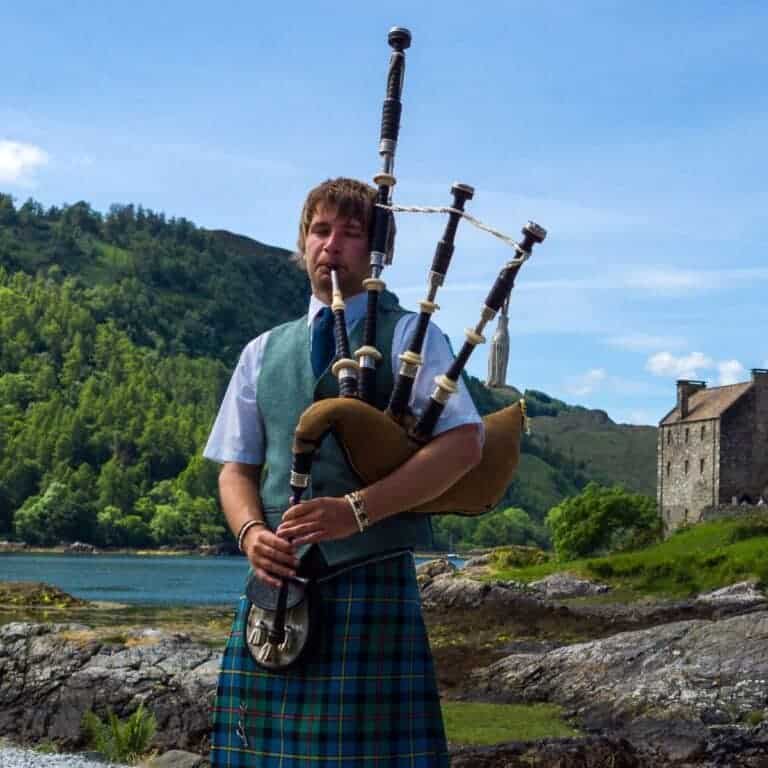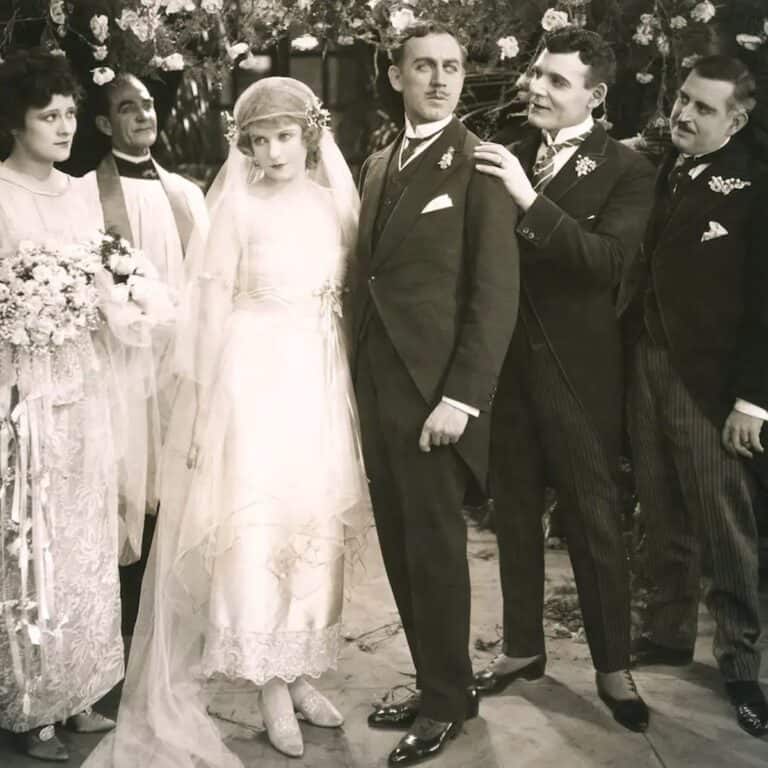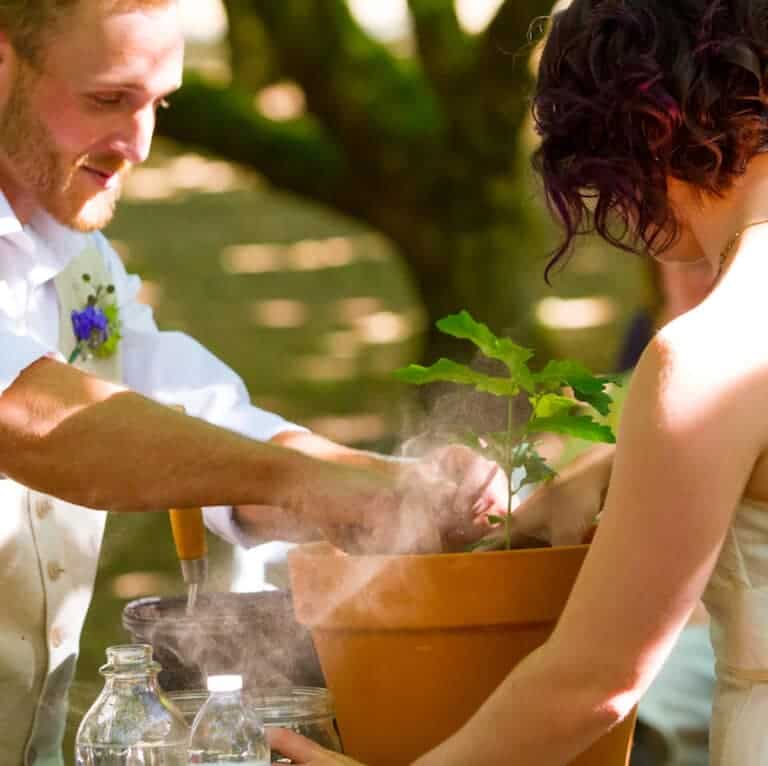French Wedding Traditions
French weddings are known for their elegance, romanticism, and timeless traditions. The wedding receptions are often held in grand venues with elegant decor, fine dining, and formal attire.
In France, a civil ceremony is the only way to be legally wed, so couples often choose to have two ceremonies. The civil ceremony is followed by a religious or symbolic wedding day and ceremony. This one is a more significant and party-like event.
Let’s dive into some French wedding traditions that make up these wedding celebrations.

Cérémonie Civile
The French civil ceremony, also known as the “cérémonie civile,” is a legal obligation in France. This must take place before any religious or symbolic ceremony. It is typically a more straightforward and formal event. The town’s mayor or a designated official acts as the officiant. This legal ceremony takes place in the local town hall, with close family and friends in attendance as witnesses.
During the civil ceremony, french couples will exchange vows and sign their marriage certificate that officially recognizes their union.
After the civil ceremony, the couple will receive a “Livret de famille,” a family record book that documents essential family events such as births, marriages, and deaths. This book is used to record the marriage officially and is required for a French wedding.
The civil ceremony is often followed by a more elaborate and emotional religious or symbolic ceremony in a church or other venue. Sometimes this happens in the afternoon, after the civil ceremony, or the following day.

Témoins
The French equivalent of best man and bridal party, known as “témoins,” plays a significant role in the wedding. They are typically close friends or family members who support the happy couple throughout the wedding planning process and stand by their side during the ceremony.
White Ribbon-Cutting
It is an old and fun tradition for the bride to cut white ribbons on her way to her wedding. The ribbons symbolize the bride cutting ties with her past and starting a new life with her spouse. Usually, children would hold the ribbons, blocking her way until she cut through them.
La Voiture Balai
This means “broom car, ” a French wedding tradition involving the couple’s car decorated with brooms tied to the back.
The brooms symbolize the couple’s sweeping away of their old lives and the start of a new life together. The couple’s friends and family often decorate the car with brooms, which is a playful part of the wedding celebration.
Decorations like ribbons, balloons, and streamers are usually tied on with the brooms. The couple usually arrives in this car at their wedding cocktail hour or reception.
Vin D’honneur
This is the French cocktail hour. It’s a chance for wedding guests to mingle and get to know each other before the seated meal and wedding reception. There is wine served and light refreshments.
This is also a time for the couple to mingle with their guests and thank them for coming to celebrate with them on their special day.
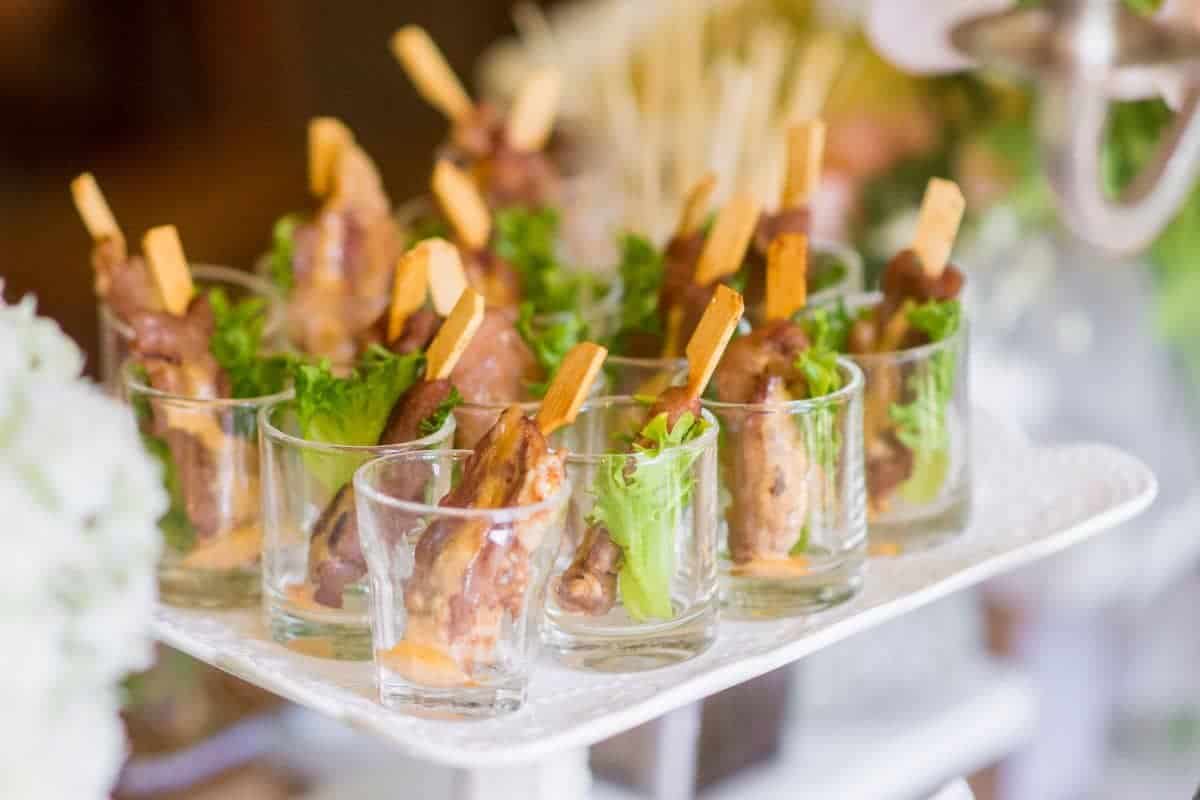
Fontaine de Champagne
The Champagne tower is a popular tradition at French weddings. It’s a large tower of Champagne glasses, typically arranged in a pyramid shape, filled with Champagne.
The tower is often the centerpiece of the wedding reception and is used as a photo opportunity for the couple and their guests. The couple will usually make a toast to each other and their guests. Then the Champagne will be served to the guests.
The tradition of the Champagne tower is a symbol of abundance, prosperity, and good luck for the newlywed couple. It also adds a touch of luxury and elegance to the wedding celebration.

The Wedding Dinner and Reception
At a typical French wedding, the wedding feast, ‘Le repas de noces’, is a grand affair. It is a sit-down meal served after the wedding ceremony and is a time for the couple and their guests to come together. It’s usually served late in the evening, and afterward, the dancing begins – into the early hours of the morning!
The food served at a French wedding can vary depending on regional traditions, personal tastes, and the couple’s preferences. Wine is also a big component, with varieties from different regions being served to complement the courses.
A traditional French wedding meal often consists of several courses, including:
- Appetizers: A variety of hors d’oeuvres, such as cheese, charcuterie, seafood, and vegetables, may be served to start the meal.
- Main Course: The main course is typically a hearty meat dish, such as beef, lamb, or poultry, served with vegetables and sauce. Popular choices include coq au vin, boeuf Bourguignon, and roasted chicken with garlic.
- Salad: A crisp green salad may be served after the main course to cleanse the palate and provide a refreshing contrast to heavier dishes.
- Cheese Course: A cheese course featuring a variety of local and regional cheeses may be served before dessert.
- Dessert: The dessert course is often a highlight of the meal and may include traditional French desserts such as crème brûlée, macarons, tarte Tatin, or the pièce montée (croquembouche).
- Coffee: Coffee or espresso is served after dessert to complete the meal.
- Soup: This is an interesting one to have last, but French onion soup is served at the end of the celebration, even in the early morning hours! There’s a whole tradition around this soup, which is explained below.
Pot de Chambre
In certain regions of France, there is a tradition called “pot de chambre.” During the evening of the wedding, the newlyweds sneak away from the reception to a secret location to sleep. The challenge for the guests, usually the closest friends and family, is to find them.
Once they are found, they are expected to eat a mixture of every dish served at the wedding along with champagne. These days, some cases, a more pleasant version of the tradition involves onion soup. The idea is to give the married couple ‘stamina’ for their wedding night.
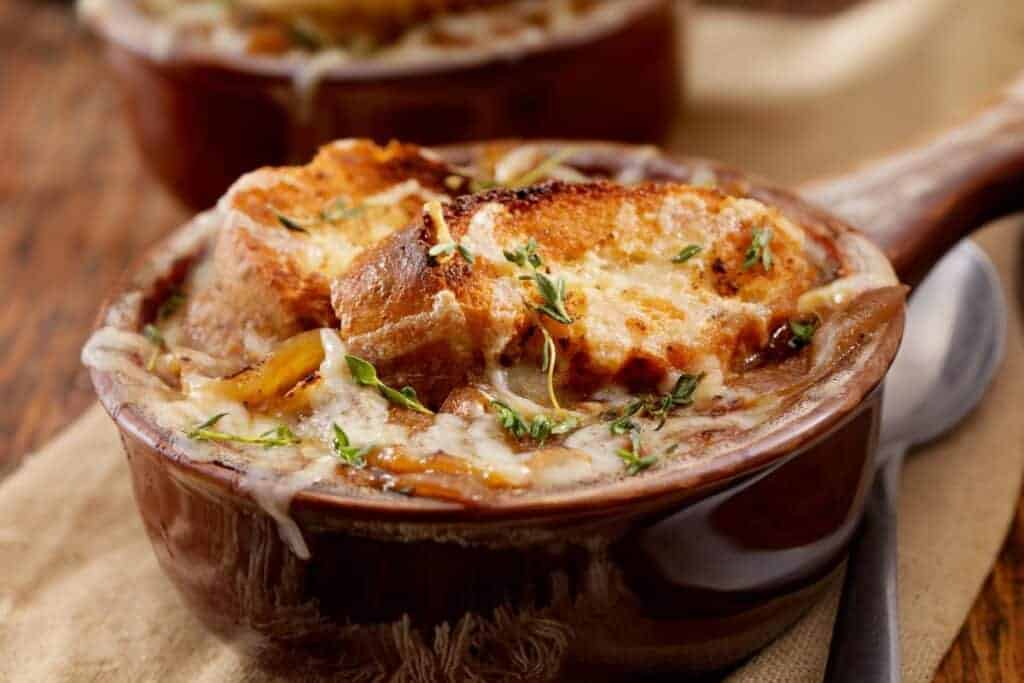
The Wedding Cake
The traditional wedding cake is called a “pièce montée” or “croquembouche.” A pièce montée is a tower of small, round, caramel-covered cream puffs stacked and held together with caramel. It’s decorated with ribbons, sugar flowers, and other decorative elements. These usually match the style and theme of the wedding.
The dessert is typically served after the wedding meal and is often accompanied by Champagne.
In addition to the croquembouche, some French weddings may also include a more traditional cake, such as a sponge cake or butter cake, served to the guests.
Regardless of the type of cake, the wedding cake is an essential and memorable part of the wedding celebration in France. The couple may choose to cut the cake together in a symbolic gesture.
Les Lacs du Connemara
It’s a song about Ireland, but no French wedding, party or other event is complete with without a rendition of the song ‘Les Lacs du Connemara’. It’s hugely popular in France, and all your guests will sing along.
Father-Daughter Dance
The father-daughter dance is a traditional part of a wedding in many cultures. However, in French tradition, this dance is also the first one of the evening. (In American weddings, the newlyweds usually open the dance floor.)
Near the end of the dance, the father gives his daughter to her groom. Then the couple will finish the dance together.
Sugared-Almonds
The gifting of sugar-coated almonds, or “dragées,” is a common tradition in French weddings (and other European countries). The number of almonds given is typically five, and each almond is said to symbolize a different aspect of good fortune for the couple, such as health, wealth, happiness, longevity, and fertility.
The dragées are packaged in small, decorative boxes or bags and are given to guests as a memento of the wedding. They are also often used as a decorative element at the wedding and placed on tables.
This custom allows the couple to express gratitude to their guests and wish them well. It is a sweet and meaningful way to acknowledge the vital role of friends and loved ones in the couple’s lives.

Coupe de Marriage
The “Coupe de Marriage” is an older French tradition that involves the bride and groom sharing a special cup of wine. During the reception toast, the bride and groom take turns drinking from the cup, symbolizing their commitment to sharing life’s joys and challenges.
This cup might be a family heirloom, or a purchased decorative vessel, such as a silver goblet or crystal chalice. The couple can engrave it with their wedding date and later on the birth dates of their children.
Trousseau and the Wedding Armoire
The “trousseau” and the “wedding armoire” are traditional French customs that are still practiced today.
A trousseau is a collection of household linens, clothing, and personal items that a bride collects in preparation for her marriage. This can include sheets, towels, tablecloths, clothing, and personal items like jewelry and family heirlooms. The trousseau is typically assembled over months or even years and is meant to help the bride prepare for married life.
The “wedding armoire” is a piece of furniture used to store the trousseau. The armoire is typically a decorative wardrobe that is carefully chosen to match the bride’s style and the décor of her home. The armoire is often passed down from generation to generation and is considered a family heirloom.
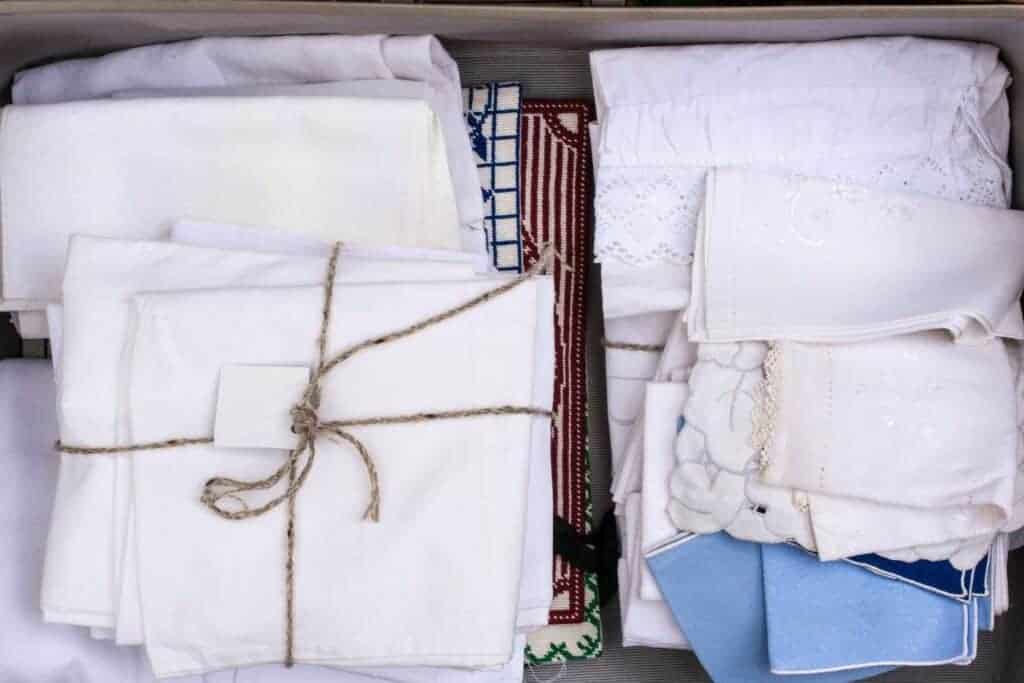
The Wedding Dress
Traditional French wedding dresses have evolved and have been influenced by fashion trends and cultural norms. However, some classic elements have remained consistent throughout history.
One traditional French “robe de mariée.” is a fitted bodice, a full skirt, and a train and is often made of luxurious fabrics like silk or satin.
Another traditional French wedding dress style is the “robe de mariée en dentelle,” which features delicate lace accents. Lace has been a popular material for French wedding dresses for centuries.

